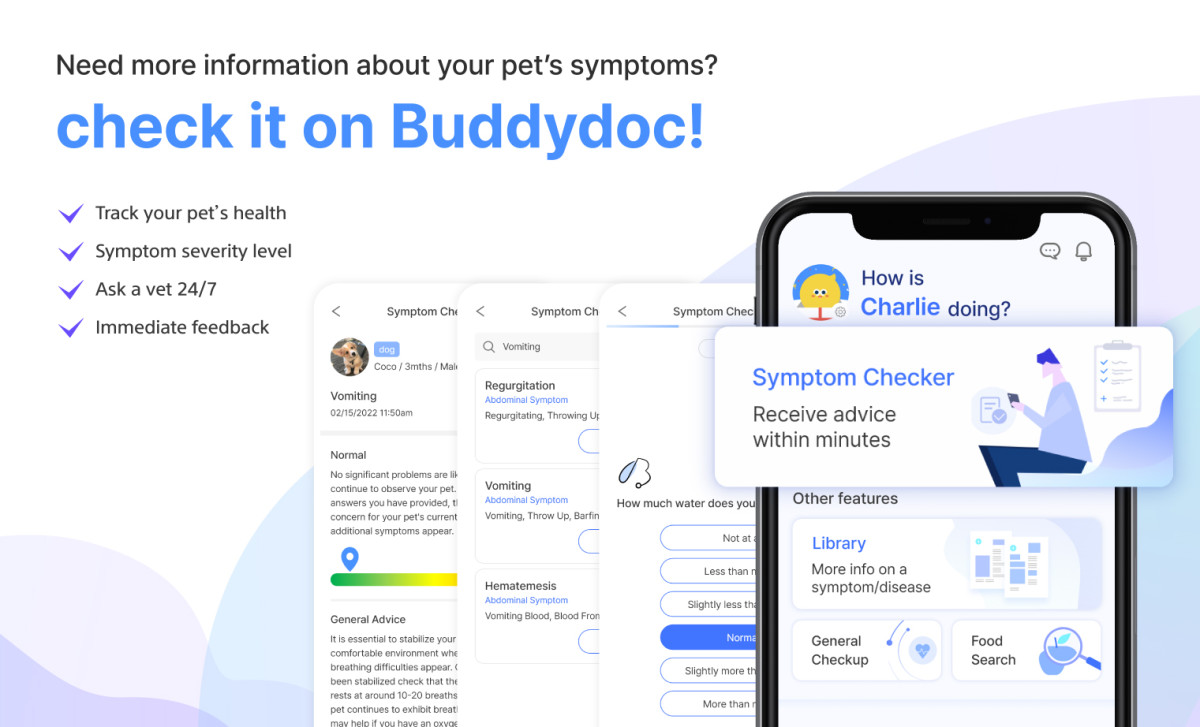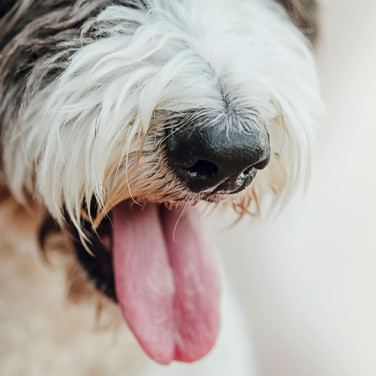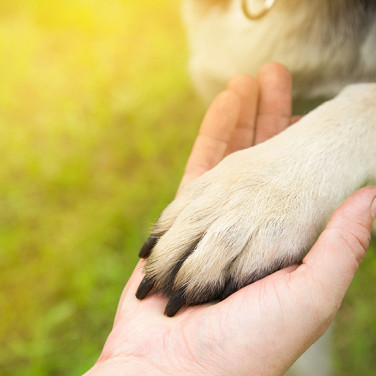SYMPTOMS
What Should I do When my Dog Breaks a Nail? First Aid for Broken Nail
페이지 정보
본문
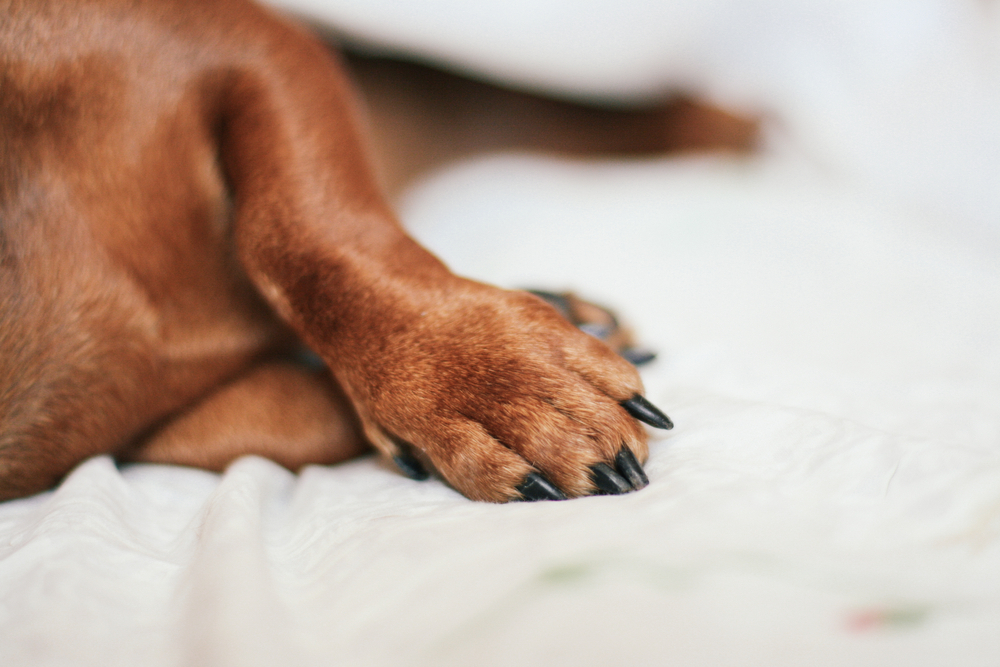
Dog toe nail anatomy and how a dog nail can bleed
A dog’s nail is composed of a hard substance called keratin, blood vessels, and nerves. In total there are 5 claws on their front paws and 4 on their hind. If your dog has ever returned limping from a game of fetch or your dog’s nail begins to bleed while trimming them. Your dog may have a broken nail and may have even exposed a structure within their claw, called a quick. Trimming the tip of the keratin in your dog’s nails will not cause any discomfort, but exposure of the quick below can cause discomfort and pain. It is important to know that beneath the quick is the bone, and damaging the quick may lead to bone infection. Dog nails do not wear out normally and are prone to breaking if they are not trimmed properly and frequently.
Types of dog claw injuries
Nail crack
⦁ The blood vessels within the toenail are shielded and do not bleed.
⦁ Some dogshave naturally weaker nails, and if they are not trimmed frequently, they can get caught on various objects and easily crack or split.
Nail infection
⦁ Exposure of an infection under the nail, whether caused by fungi or bacteria, can potentially lead to a serious condition.
⦁ It's crucial to watch out for early symptoms such as discoloration or redness.
Nail falling/peeling off
⦁ Due to various reasons, a nail may completely fall off or begin to peel.
⦁ This exposure of the area containing the nerves and blood vessels can cause extreme pain, tissue tearing, and severe bleeding.
Broken claws
Causes of broken nails in dogs
One of the most common reasons dogs experience broken nails is trauma. These injuries can occur when a dog's claws become entangled in various materials such as carpets, upholstery, or even grass roots, leading to tears and fractures. Additionally, when dogs leap from elevated surfaces, their claws may retract abruptly, making them susceptible to breakage on impact.
Age can also play a role in the health of a dog's nails as well. Older dogs may develop dry and brittle nails, making them more prone to breaking.
The length of a dog's claws matters too; longer nails are more likely to snag on different objects, increasing the risk of breakage.
It's important to note that factors beyond physical injuries can affect nail health. Hormonal imbalances, nutritional deficiencies, and metabolic issues are among the underlying causes that may contribute to nail problems in dogs. Understanding these potential triggers is crucial for maintaining your puppy's overall well-being and preventing nail-related issues in the first place.
Signs and symptoms of a broken nail in dogs
If your dog has any problem with their nails, you may first notice blood stains on the floor, begin to excessively lick their feet, or suddenly start limping.
Possible symptoms include:
⦁ Change in claw shape
⦁ Smell
⦁ Discharge from the area under the nail
⦁ Caved claws
⦁ Swelling or redness under the nail
⦁ Show signs of pain when moving or when you touch their paw
⦁ Bleeding
⦁ Limping
⦁ Excessive licking
Risk of broken nails in dogs
When a dog experiences a broken nail, it's not just a matter of inconvenience; there are inherent risks that pet owners should be aware of. These risks can become especially concerning if your dog has an underlying health condition, such as hormonal imbalances, which might make symptoms of broken nails recur. Broken nails can also make a dog more prone to additional infections, which will only make the issue worse and prognosis poor.
Home treatment options for broken or bleeding nails in dogs
Dealing with a broken dog nail requires caution and care. To begin, even good dogs can bite when in severe pain. So to ensure your safety use a muzzle or other suitable means to restrain your dog when examining the injured area. If there's significant bleeding, apply gentle pressure with a clean gauze or towel for 5 to 10 minutes. If bleeding continues, consider using a styptic powder.
Maintain paw hygiene, keeping them clean and dry, and prevent licking to avoid infection. Prioritize your dog's comfort and be prepared to seek professional help if needed.
In severe cases causing pain and discomfort, you may need to remove the damaged nail. While it's possible to use clippers at home, this procedure demands steady hands, so wrap the foot with gauze or a towel temporarily and seek professional veterinary care promptly.
Diagnosing broken nails in dogs
To confirm the cause and condition of a broken nail, a veterinarian conducts a physical examination and reviews the dog's medical history. In traumatic cases, X-rays are essential to assess nail and potential toe bone fractures. For more subtle issues like microfractures might require a CT scan for accurate diagnosis.
In non-traumatic cases, where broken nails seem unrelated to injury, veterinarians may investigate hormonal, nutritional, or metabolic factors. Questions about the dog's diet and blood tests may be part of the diagnostic process to rule out underlying health concerns.
Treatment for broken nails in dogs
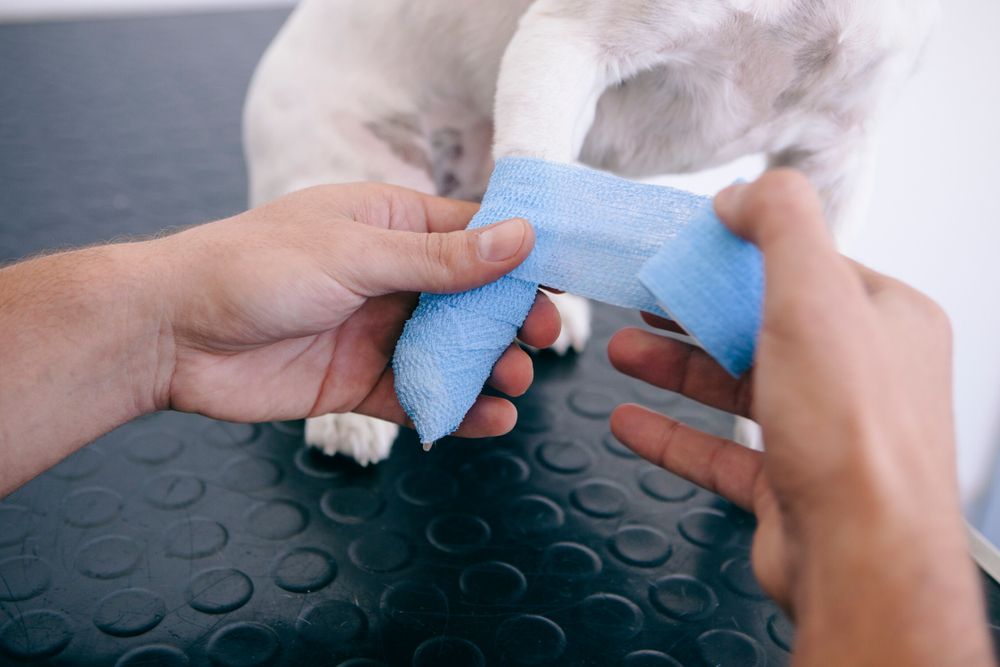
After a veterinarian has confirmed the cause of the broken nail and according the state of your dog’s bleeding, swift treatment is essential. If the nail is still bleeding, a veterinarian will apply gentle pressure, and if necessary, employ hemostats for stubborn cases.
Depending on the severity of the break, damaged nail may be carefully removed. Slightly fractured nails may be extracted to promote proper healing. Healthy nails with minor issues, can be left to grow back on their own, typically without the need for sedation. After removal, the affected area is trimmed to prevent further bleeding and infection, accompanied by antiseptic treatment and bandaging when necessary.
In cases involving the quick area inside the nail, oral or injectable medications may be recommended to prevent bone-related infections. Regular monitoring and, if required, painkillers are essential during the recovery process. For a dog with a broken nail, timely veterinary care is crucial to ensure their comfort and a speedy recovery. Always consult your veterinarian for profesional guidance in these situations.
How to prevent further nail injuries in dogs
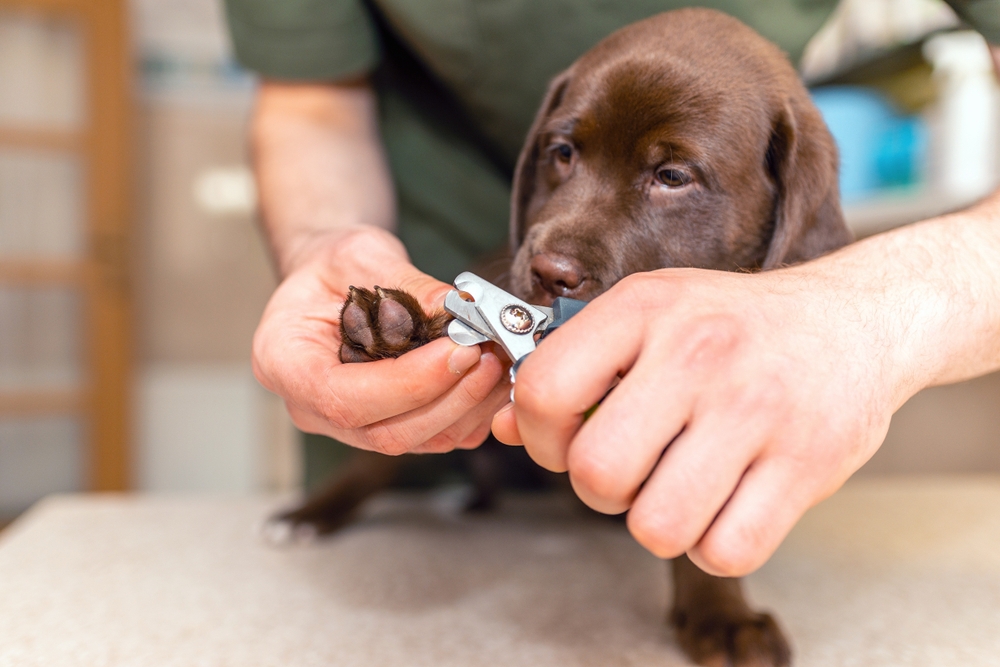
Preventing broken nails in dogs is a crucial aspect of maintaining their overall well-being. To safeguard your pup from the discomfort and potential health issues associated with broken nails, consider these preventive measures.
⦁ Trim nails regularly
Regularly trimming your dog's nails is crucial for keeping them short and preventing breakage. This is because longer claws are more prone to getting caught on various objects, increasing the risk of them breaking.
If it is difficult to trim on your own, you should have your pet’s nails trimmed regularly at a veterinary hospital.
⦁ Be mindful of your dog’s quick
Lighter dog nails can be easily trimmed without touching the quick. However, dark-colored nails will require extra care when trimmin to avoid damaging the blood vessels.
⦁ Check your dog’s nail clippers
Using a blunt trimmer can actually break your dog's toenails, so it's essential to use the correct tools for nail trimming.
⦁ Nutrition
Ensuring your dog receives an ample supply of essential nutrients is crucial for maintaining healthy toenails. When their diet is nutritionally balanced, toenail problems such as breakage and splitting become less likely.
Find out more about your dog’s symptoms and diseases on the Buddydoc app!
The Buddydoc library is filled with everything you’d want to know about each symptom and disease your pet may experience. Install the Buddydoc app now and ask any questions you have about your dog on our 1:1 ask-a-vet board!



